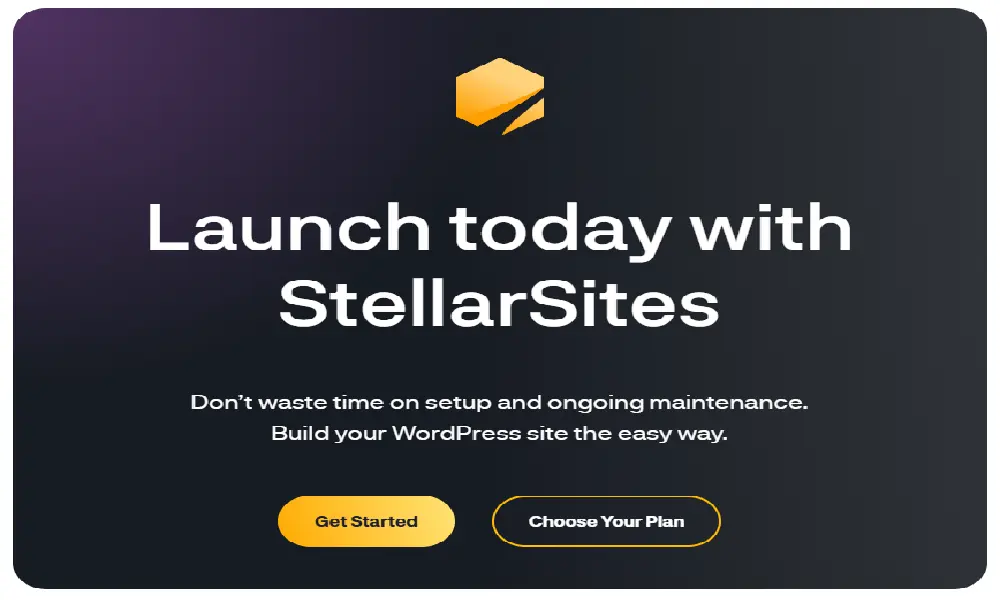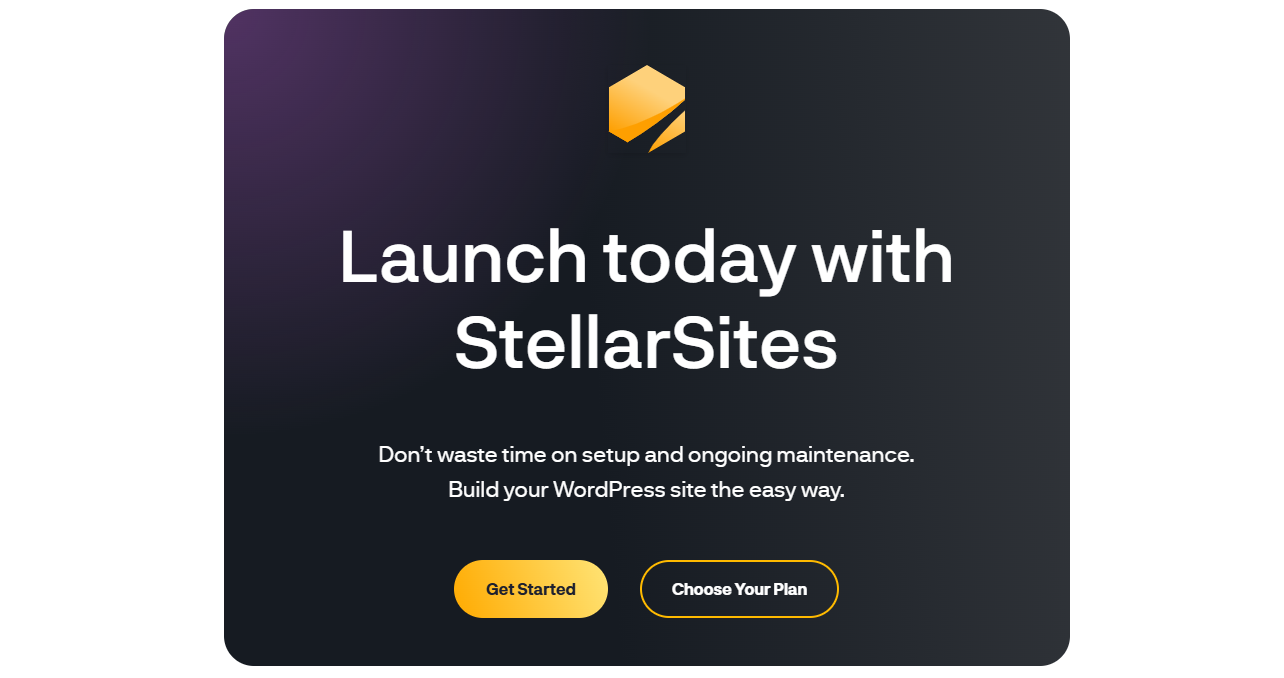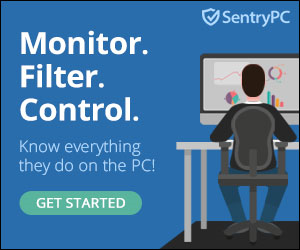Disclosure: We’re reader-supported. When you buy through links on our site, we may earn an affiliate commission at no extra cost to you. For more information, see our Disclosure page. Thanks.
Contents
- 1 Local SEO Tips to Rank #1 in Your Area
- 1.1 Introduction: Why Local SEO Still Reigns in 2025
- 1.2 1. Fully Optimize Your Google Business Profile (GBP)
- 1.3 2. Use Local Keywords Strategically
- 1.4 3. Build Localized Landing Pages
- 1.5 4. Get Local Backlinks That Build Authority
- 1.6 5. Add Local Schema Markup
- 1.7 6. Collect & Respond to Reviews (Especially on Google)
- 1.8 7. Mobile Optimization Is Non-Negotiable
- 1.9 8. Build Consistent NAP Citations
- 1.10 9. Add Location Keywords to Image Alt Text & File Names
- 1.11 10. Track Local SEO Metrics That Matter
- 1.12 Conclusion: Win Your Local Market With These SEO Best Practices
- 1.13 ✅ Action Steps Recap:
Local SEO Tips to Rank #1 in Your Area
Introduction: Why Local SEO Still Reigns in 2025
Local SEO isn’t just for small businesses anymore—it’s essential for any brand with a physical location or a target audience in a specific area. With Google focusing more on hyper-localized search results in 2025, the businesses that master Local SEO will be the ones dominating the Map Pack, Google Business Profiles, and location-based organic listings.
In this guide, we’ll cover the most effective Local SEO tactics to help you rank #1 in your city or region, gain more foot traffic, and convert local searches into real revenue.
1. Fully Optimize Your Google Business Profile (GBP)
Your Google Business Profile (formerly Google My Business) is your single most important local SEO asset. It appears in the Local Pack, Google Maps, and directly in search results.
✅ GBP Optimization Checklist:
- Use your exact business name
- Add your primary and secondary categories
- Fill out every field (hours, services, contact, website, etc.)
- Upload high-resolution images
- Post updates weekly using the “Posts” feature
- Use location-specific keywords in your description
🔗 For site-wide SEO health, review our SEO Audit Guide: Run a Pro-Level Site Checkup
2. Use Local Keywords Strategically
Local SEO starts with geo-modified keyword targeting. Instead of just “plumber,” you need to target “plumber in Dallas” or “24/7 plumber near me.”
💡 Use keyword tools to identify:
- City + service terms: “roof repair in Atlanta”
- “Near me” variations
- Zip code, district, and neighborhood terms
- Intent-rich queries like “best,” “cheap,” or “emergency”
Placement Matters:
- Use local keywords in page titles, meta descriptions, H1s, and the last paragraph.
- Include one secondary keyword in the first 200 words, but not in the first sentence.
🔗 Need keyword strategies? See Keyword Research: Find Low-Competition Keywords
3. Build Localized Landing Pages
If your business serves multiple areas, you need dedicated pages for each city or region. These aren’t copy-paste duplicates—each should have unique, helpful content.
✅ Local Page Elements:
- Geo-targeted title tags and H1
- Embed a Google Map of your location
- Mention local landmarks or service areas
- Include customer testimonials from that area
- Use schema markup for LocalBusiness
🔗 Improve your content layout with SEO Content Writing: Create Posts Google Loves
4. Get Local Backlinks That Build Authority
Local backlinks tell Google you’re trusted in your area. Aim for authority from local sources.
🔍 Effective Local Link Building Tactics:
- Sponsor community events or charities
- Get listed in local business directories
- Collaborate with nearby bloggers or news outlets
- Join your local Chamber of Commerce
- Build relationships with industry partners
Bonus: Use NAP citations (Name, Address, Phone) consistently across every mention.
🔗 Boost domain trust with Off-Page SEO Mastery: How to Build Authority & Backlinks That Last
5. Add Local Schema Markup
Structured data helps Google understand your business location and offerings. For Local SEO, use LocalBusiness schema with fields like:
- Business name
- Phone number
- Location/address
- Opening hours
- Service area
You can apply this directly via Rank Math’s Schema Generator or with JSON-LD in your site’s code.
🔗 Need help with markup? Read Boost SEO With Schema Markup & Structured Data
6. Collect & Respond to Reviews (Especially on Google)
Google uses reviews as a ranking factor in local search results. It’s also one of the first things customers look at before making a purchase.
Tips for Review Optimization:
- Ask satisfied customers for Google reviews
- Respond to every review—positive or negative
- Include keywords naturally in responses
- Highlight reviews in your local landing pages
📈 More reviews = higher rankings, more clicks, and better conversions.
7. Mobile Optimization Is Non-Negotiable
Most local searches happen on mobile devices. Google expects your mobile site to load fast, look clean, and work flawlessly on any screen size.
✅ Mobile Local SEO Checklist:
- Ensure phone numbers are clickable
- Use a responsive map and directions widget
- Streamline mobile navigation
- Compress images for faster load times
- Use a sticky call button on service pages
🔗 Improve your mobile readiness with Mobile SEO in 2025: Win the Mobile-First Game
8. Build Consistent NAP Citations
NAP consistency (Name, Address, Phone Number) is a foundational Local SEO factor.
📍 Check these platforms for citation accuracy:
- Google Business Profile
- Bing Places
- Yelp
- YellowPages
- Apple Maps
- Niche industry directories
Use tools like Whitespark or BrightLocal to audit and manage citations efficiently.
9. Add Location Keywords to Image Alt Text & File Names
Don’t forget image SEO. For local pages:
- Use descriptive file names:
carpet-cleaning-newark.jpg - Include geo-keywords in alt text: “Eco-friendly carpet cleaning in Newark, NJ”
- Compress images using WebP format
🔗 Maximize visual visibility with Image SEO: Optimize Visuals for More Traffic
10. Track Local SEO Metrics That Matter
You can’t optimize what you don’t track. Focus on local-specific metrics to gauge performance.
🎯 Key Metrics:
- Local Pack impressions & clicks (via GSC)
- Calls from Google Business Profile
- Direction requests
- Pageviews for local landing pages
- Mobile bounce rate for local users
- Top-converting local keywords
Use Rank Math Analytics, GA4, and Google Search Console for detailed insights.
🔗 Monitor results effectively with Track SEO Performance With Top Tools & Metrics
Conclusion: Win Your Local Market With These SEO Best Practices
Mastering Local SEO in 2025 requires a combination of technical optimization, strategic content creation, reputation management, and consistent branding. Whether you’re a local business or a national brand with local branches, implementing these practices will help you rank #1 in your target area and drive real traffic and sales.
Remember—local intent = high conversion. If your business isn’t showing up in the Map Pack or local SERPs, you’re missing out on your most valuable traffic.
✅ Action Steps Recap:
- Optimize your Google Business Profile
- Build geo-targeted landing pages
- Use local structured data and keywords
- Earn local backlinks and citations
- Track and refine your performance with local metrics




